
International Collaborations
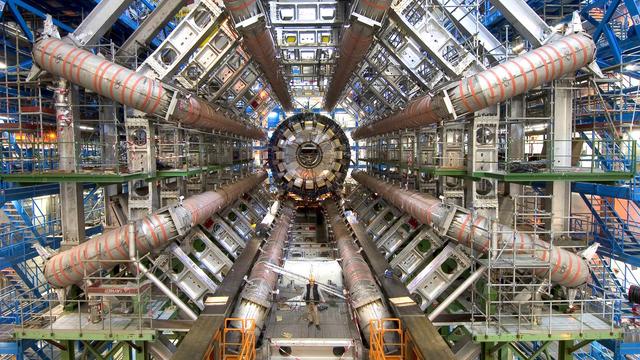
ATLAS
ATLAS at the LHC
Collider Physics GroupATLAS is one of the four major experiments at the Large Hadron Collider (LHC) at CERN. It is a general-purpose particle physics experiment designed to exploit the full discovery potential and the huge range of physics opportunities that the LHC provides.
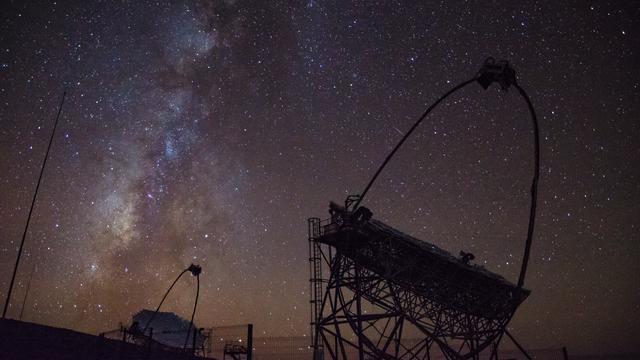
MAGIC
The MAGIC Telescopes
Gamma-ray GroupMAGIC (Major Atmospheric Gamma Imaging Cherenkov) is a system of two 17 m diameter, F/1.03 Imaging Atmospheric Cherenkov Telescopes (IACT). They are dedicated to the observation of gamma rays from galactic and extragalactic sources in the very high energy range (VHE, 30 GeV to 100 TeV).
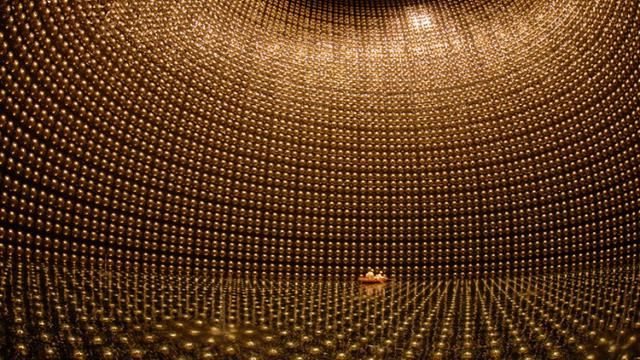
T2K
T2K
Neutrinos GroupT2K is a neutrino experiment designed to investigate how neutrinos change from one flavour to another as they travel (neutrino oscillations).
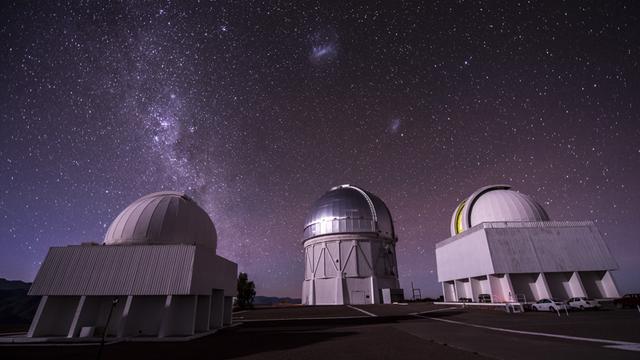
DES
The Dark Energy Survey
Observational Cosmology GroupThe Dark Energy Survey (DES) is a visible and near-infrared survey that aims to probe the dynamics of the expansion of the Universe and the growth of large-scale structure. The last data from DES were obtained in 2019, and we are currently working on the final analyses.
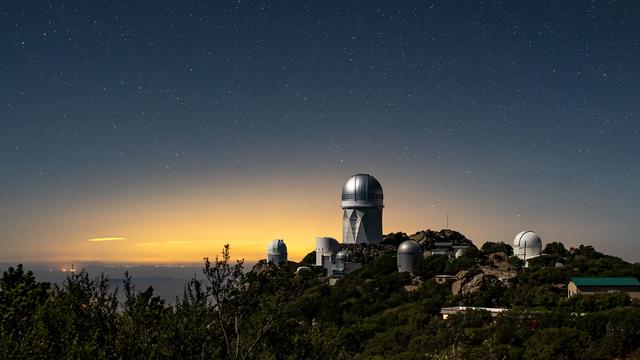
DESI
The Dark Energy Spectroscopic Instrument
Observational Cosmology GroupThe Dark Energy Spectroscopic Instrument is a scientific research instrument for conducting a spectrographic astronomical surveys of distant galaxies. Its main components are a focal plane containing 5,000 fiber-positioning robots, and a bank of spectrographs which are fed by the fibers. DESI started its 5-year survey on May 2021, and we are currently working on the analysis of the first year of data.
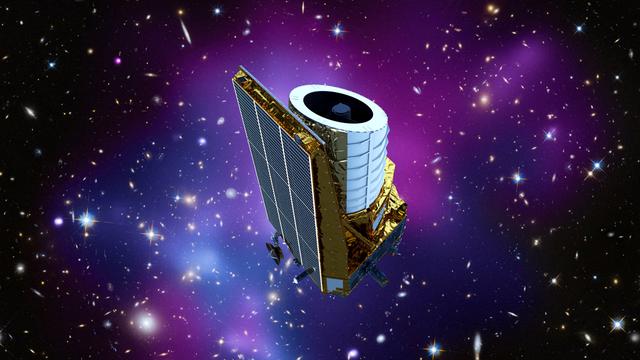
Euclid
Euclid
Observational Cosmology GroupEuclid is a visible to near-infrared space telescope led by the European Space Agency and the Euclid Consortium. The objective of the Euclid mission is to better understand dark energy and dark matter by accurately measuring the acceleration of the universe. The launch of the satellite is expected for July 2023.
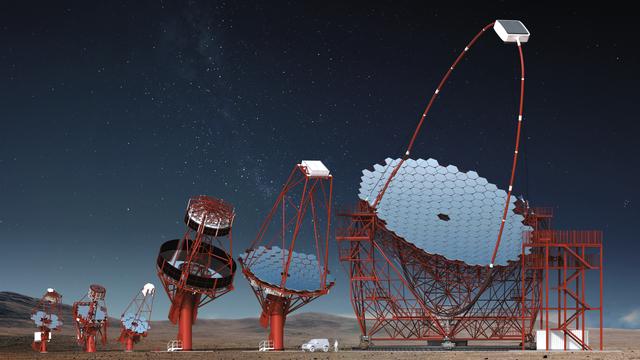
CTA
The Cherenkov Telescope Array
Gamma-ray GroupThe Cherenkov Telescope Array (CTA) is the next generation ground-based observatory for gamma-ray astronomy at very-high energies. With more than 100 telescopes located in the northern and southern hemispheres, CTA will be the world's largest and most sensitive high-energy gamma-ray observatory.
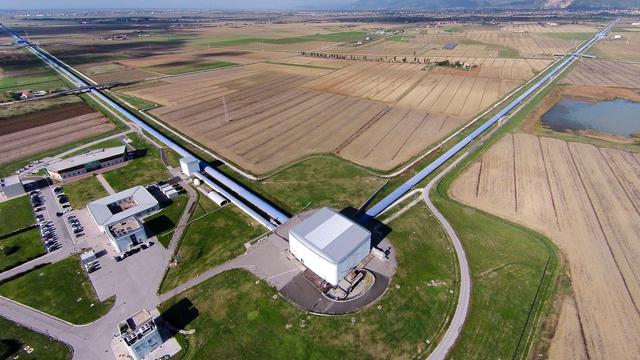
Virgo
Virgo
Gravitational Waves GroupVirgo is a Gravitational Wave detector, hosted by the European Gravitational Observatory (EGO), near Pisa, Italy.
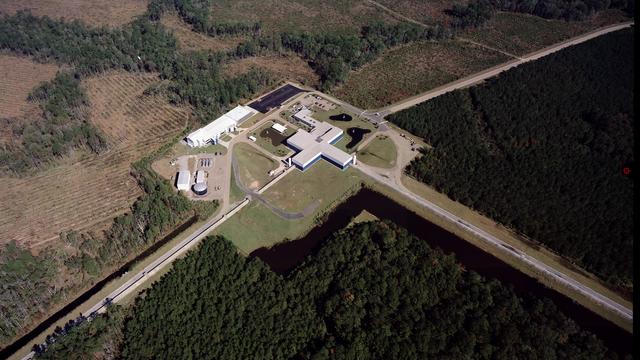
LIGO
Laser Interferometer Gravitational-wave Observatory
Gravitational Waves GroupLIGO runs two observatories - interferometers with two 4km-long arms arranged in the shape of an “L” - at Livingston and Hanford in the United States. The LIGO Scientific Collaboration (LSC) comprises over 1,200 scientists from more than 100 institutions in 18 countries,
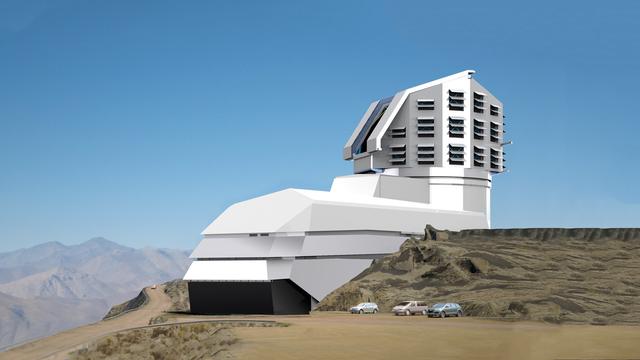
LSST
Legacy Survey of Space and Time
Observational Cosmology GroupThe Legacy Survey of Space and Time (LSST) at the new Vera C. Rubin Observatory in Chile will become the preeminent imaging galaxy survey of this decade. Using a gigantic 3-billion-pixel camera, LSST will repeatedly scan half of the sky (20,000 sq. deg.) to reach a magnitude limit about iAB < 26 after 10 years of observations.
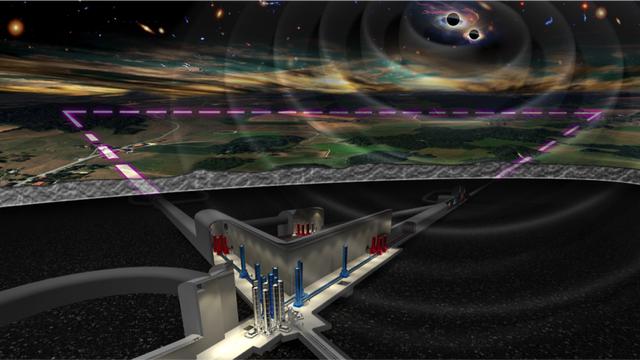
ET
Einstein Telescope
Gravitational Waves GroupThe Einstein Telescope (ET) is a proposed underground infrastructure to host a third-generation, gravitational-wave observatory. The Einstein Telescope will achieve a greatly improved sensitivity by increasing the size of the interferometer from the 3km arm length of the Virgo detector to 10km, and by implementing a series of new technologies.
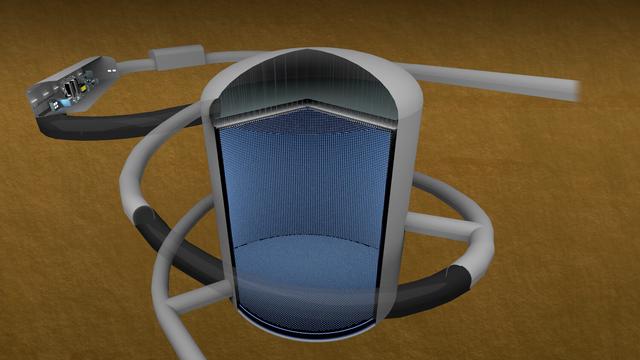
HK
Hyper-Kamiokande
Neutrinos GroupThe Hyper-Kamiokande (Hyper-K) detector is to be located 650m underground in the Kamioka mine, Hida city, Gifu prefecture, Japan. The detector fiducial volume of Hyper-K is planned to be 10 times larger than that of Super-Kamiokande, which will make it thr world’s largest underground water tank.
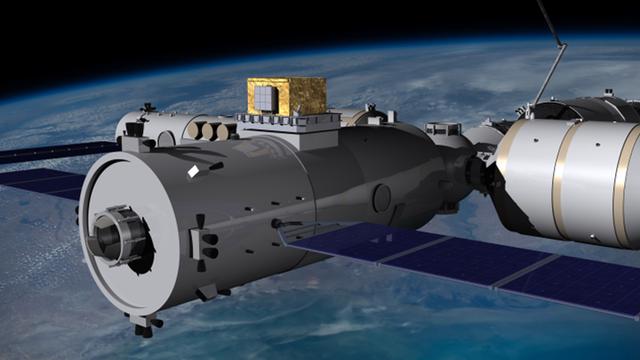
HERD
High Energy cosmic-Radiation Detection
Gamma-ray GroupHERD is the proposed flagship scientific mission onboard China Space Station (CSS). Launch is expected for 2027 with an operation period of at least 10 years. The primary scientific objectives of HERD are: Indirect dark matter search with unprecedented sensitivity; precise cosmic ray spectrum and composition measurements; Gamma-ray monitoring and full sky survey.
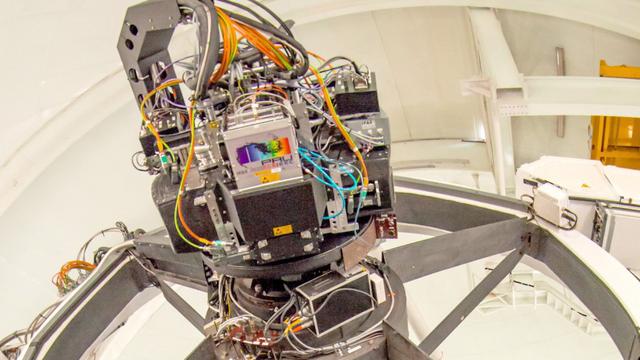
PAU
Physics of the Accelerating Universe
Observational Cosmology GroupThe PAU (Physics of the Accelerating Universe) Survey goal is to obtain photometric redshifts (photo-z) and Spectral Energy Distribution (SED) of astronomical objects with a resolution roughly one order of magnitude better than current broad band photometric surveys.
